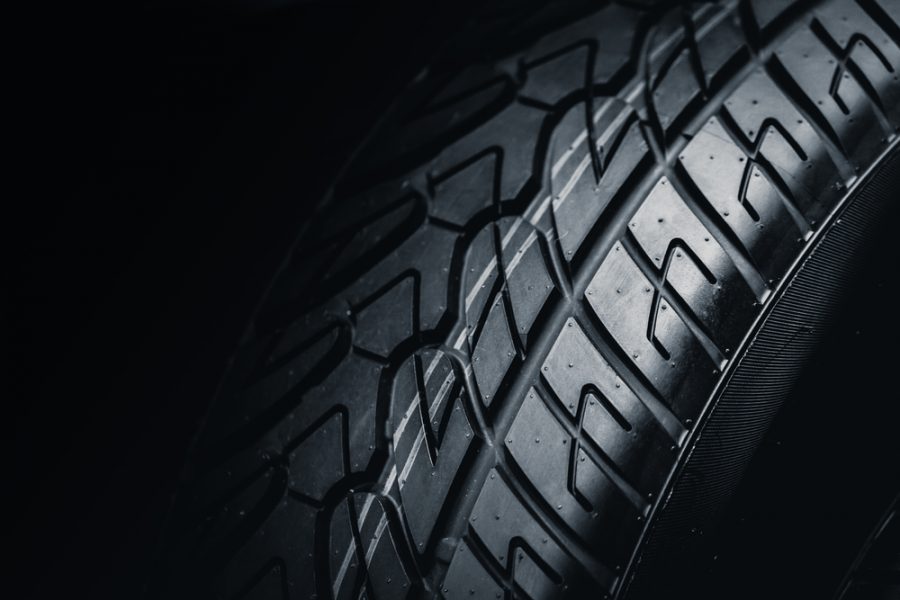
4 Maintenance Tip For Increasing Your Car’s Safety
Every year, almost 40,000 Americans die in car crashes. Many more are injured in non-fatal accidents, suffering broken bones, head trauma, bruising, and cuts. Many aspects of auto accidents are out of your control, but you can regularly give your car safety checks to minimize your risks.
When you use your car regularly, it’s easy to miss the gradual wear that impairs safety. That’s why it’s good to step back and evaluate certain systems that could cause you serious trouble while driving. The same is also true if your car sat unused in your garage or driveway for a while, like during the pandemic. Before you hit the road again, make sure that vital components work as they should. Here’s a basic checklist for your DIY vehicle safety inspection.
1) Check Your Tires
First off, check your tires, especially the tread and air pressure. The tread is the tire surface that actually touches the road. Here, look closely at the tread grooves. The legal minimum for their depth is 2/32 inches. If your tires are “bald,” you’ll face a greater risk of punctures and blowouts, which can cause you to lose control over your car. In addition, uneven wear indicates problems, such as worn-out shock absorbers or misaligned wheels.
You can check your groove depth with a tread gauge or the quarter test. For the latter, insert a standard issue quarter into a tire groove with Washington’s head facing down. If the top of his head is covered, your tires are fine. If not, your tread is insufficient. Be sure to test multiple points on the tire.
A second major factor you need to check is your tire pressure. Use a pressure gauge at a gas station to ensure it’s in the right range for all four tires, which is typically 30-35 psi.
2) Test All of Your Lights
Next, check your light system. Weak brake lights or broken turn signals can easily cause collisions in bad weather or at night. Ideally, you should perform these tests in the dark with your car facing a wall.
Check that your headlights are the same strength and the same color. A discolored light may indicate a failing bulb. Also ensure that the beams’ height won’t blind oncoming drivers. Next, check the strength and color of your tail lights, brake lights, and turn signals. Don’t forget the fog lights and license plate lights. The latter aren’t safety-related but are legally required.
3) Check for Wear and Tear Under the Hood
Now, pop your car’s hood and check for damage. This can be caused by regular wear and tear or, surprisingly, by rodents. Recently, incidents of rats gnawing away at vehicles and causing accidents have become more frequent.
Look out for frayed or damaged wires, hoses, pipes, and belts. Check metal elements for signs of corrosion and see if there’s any damage to your battery. Physical damage here can easily cause car breakdowns or fires. There’s also a chance that your vehicle is defective, meaning you may need to reach out to a product liability lawyer.
4) Check Your Fluid Levels
While your car hood is up, check all your fluids.Start with your engine oil. For this, your car needs to be on level ground and the engine must be cold (turned off for a while). Otherwise, the reading will not be accurate, and you might burn yourself.
Find your engine’s dipstick, pull it out, and wipe it off. Then, carefully insert it all the way back in, wait a moment, and pull it out again. Now, the oil should come between the markers labeled L and H or MIN and MAX. If it doesn’t, you need an oil change.
You should also check the other fluids, such as the coolant, brake fluid, transmission fluid, and windshield wiper fluid. Look into the manual to find their reservoirs. Don’t forget the windshield wiper fluid. Not having enough can make it difficult to remove debris from your windshield like ice of dirt.
Doing these mini-checks each month can significantly improve your vehicle’s performance and help avoid auto accidents. For another boost, get regular oil changes and pay attention to safety features when you buy a new car.
